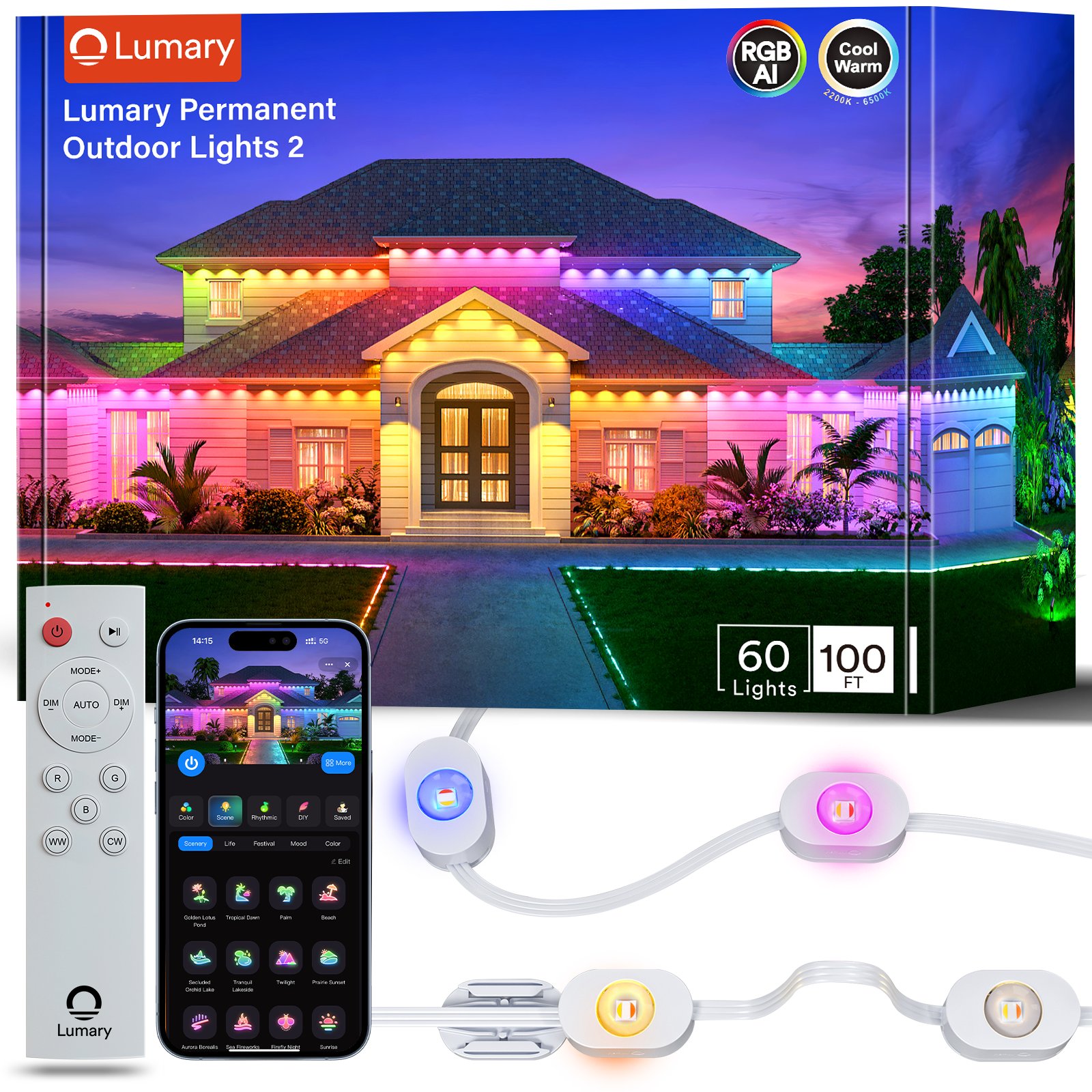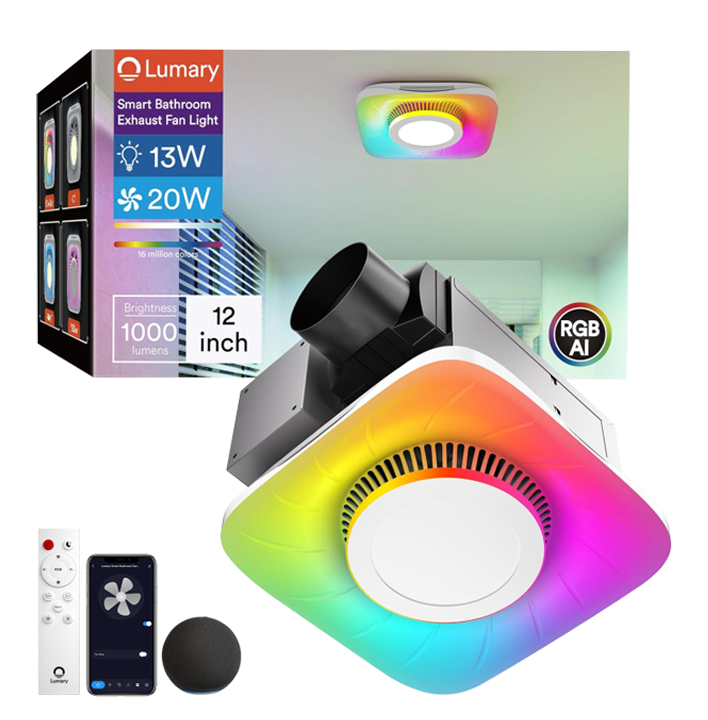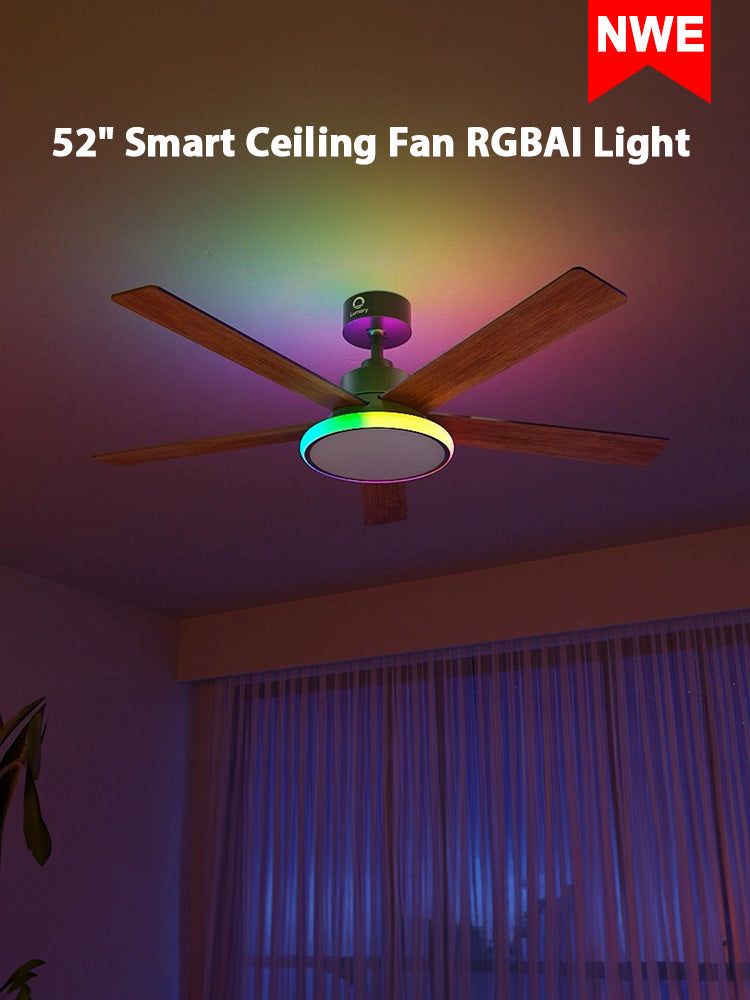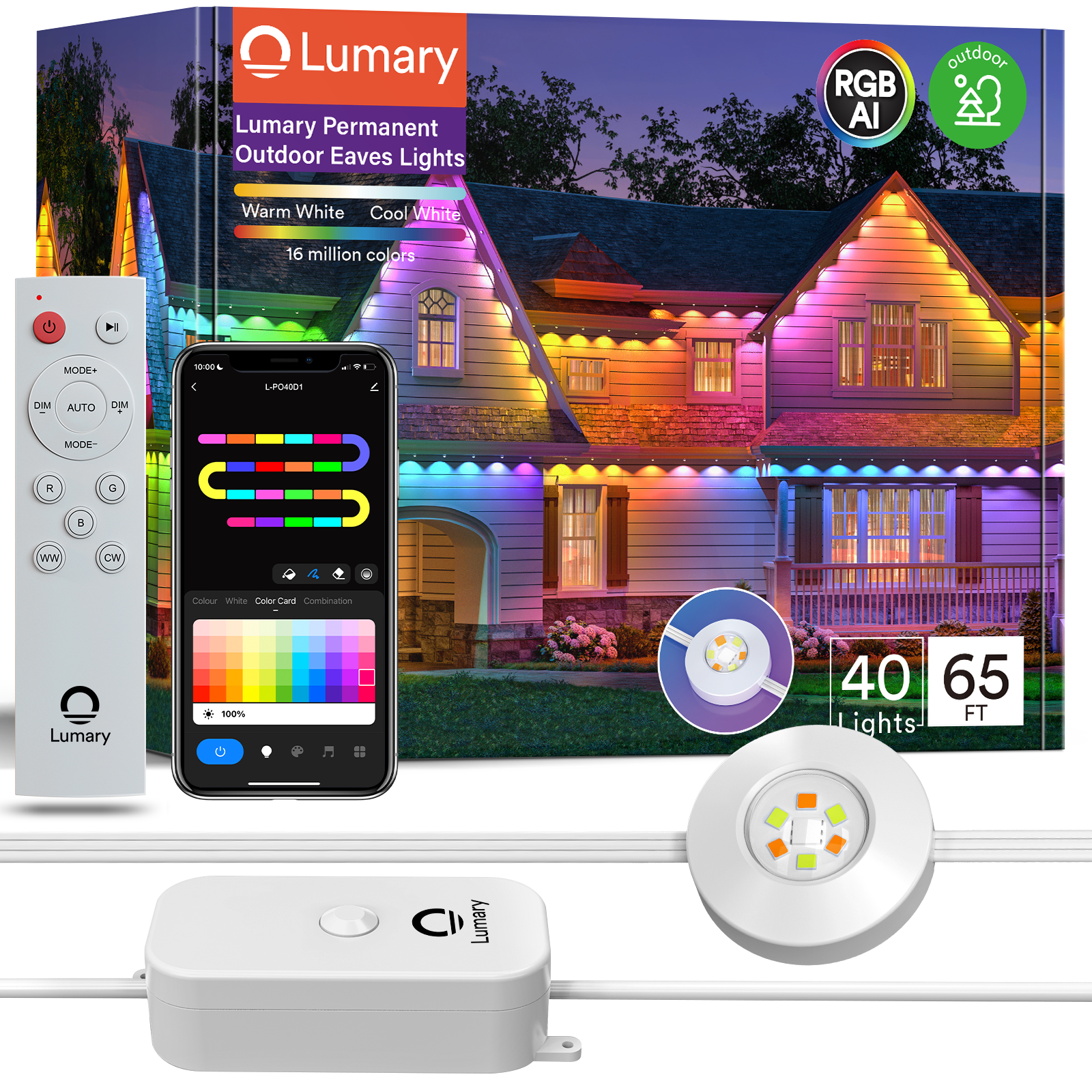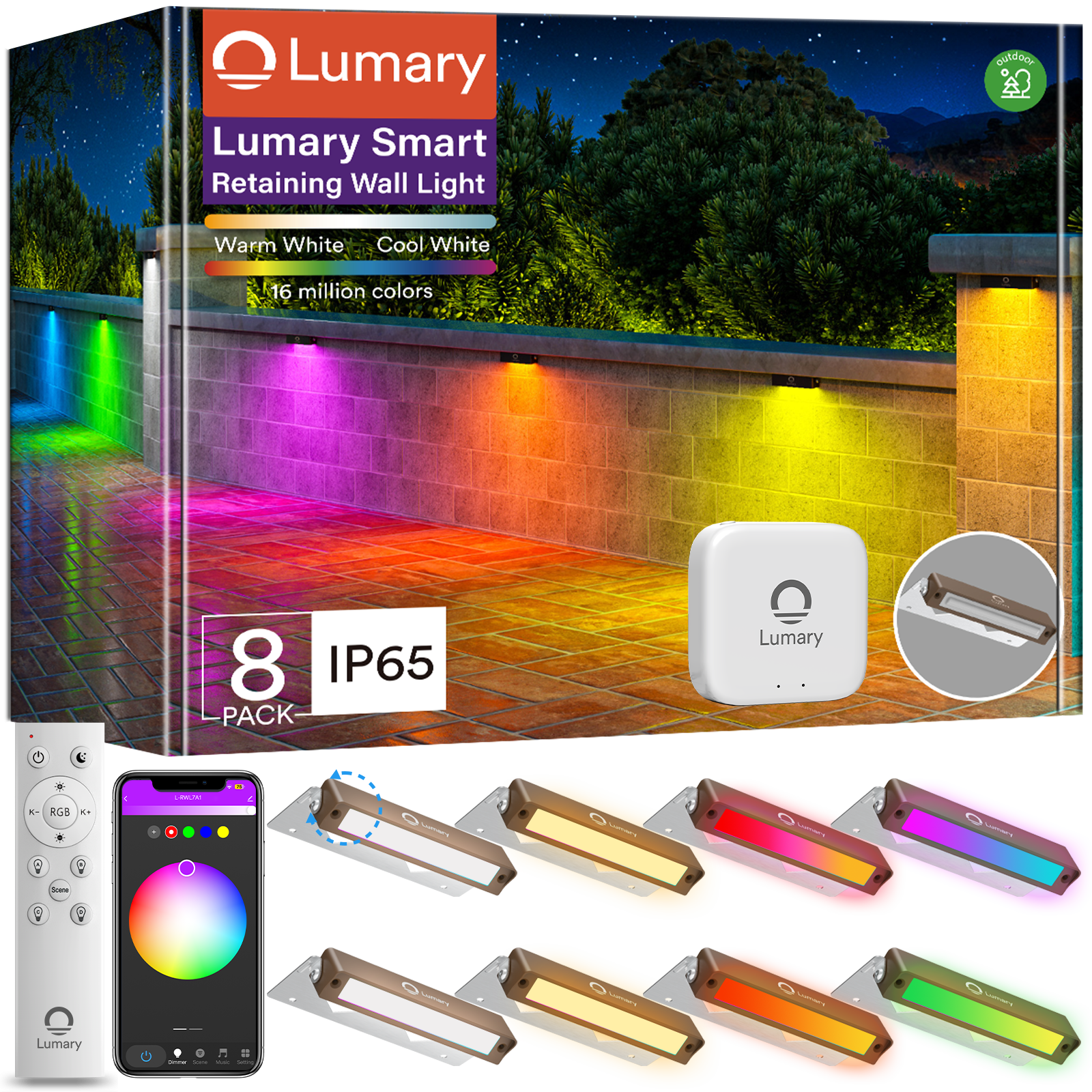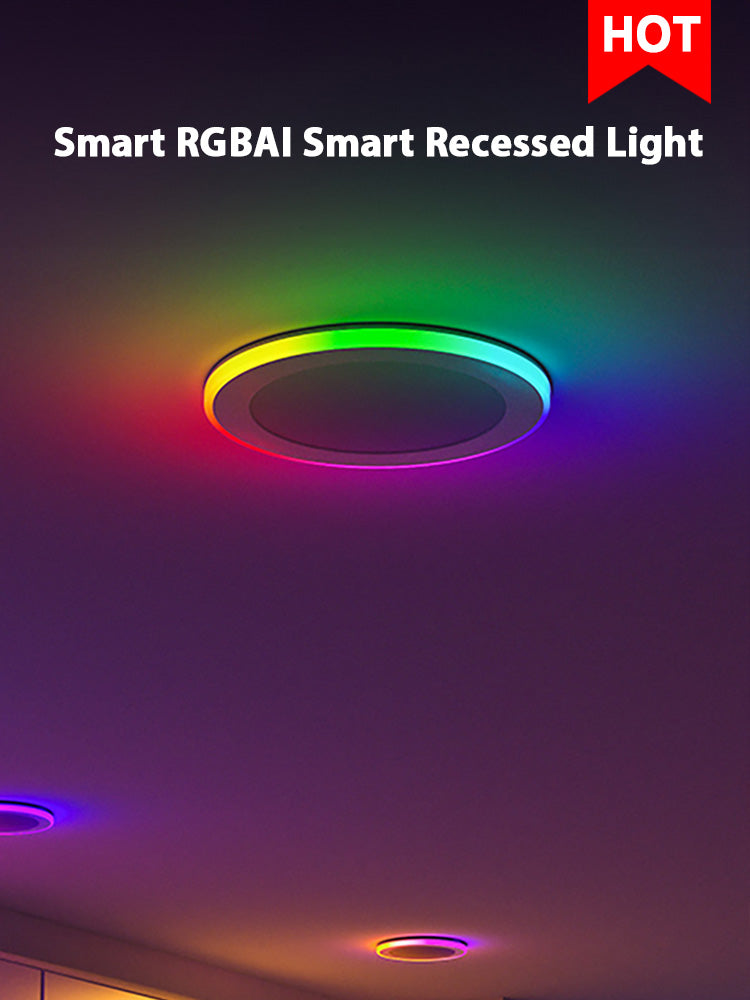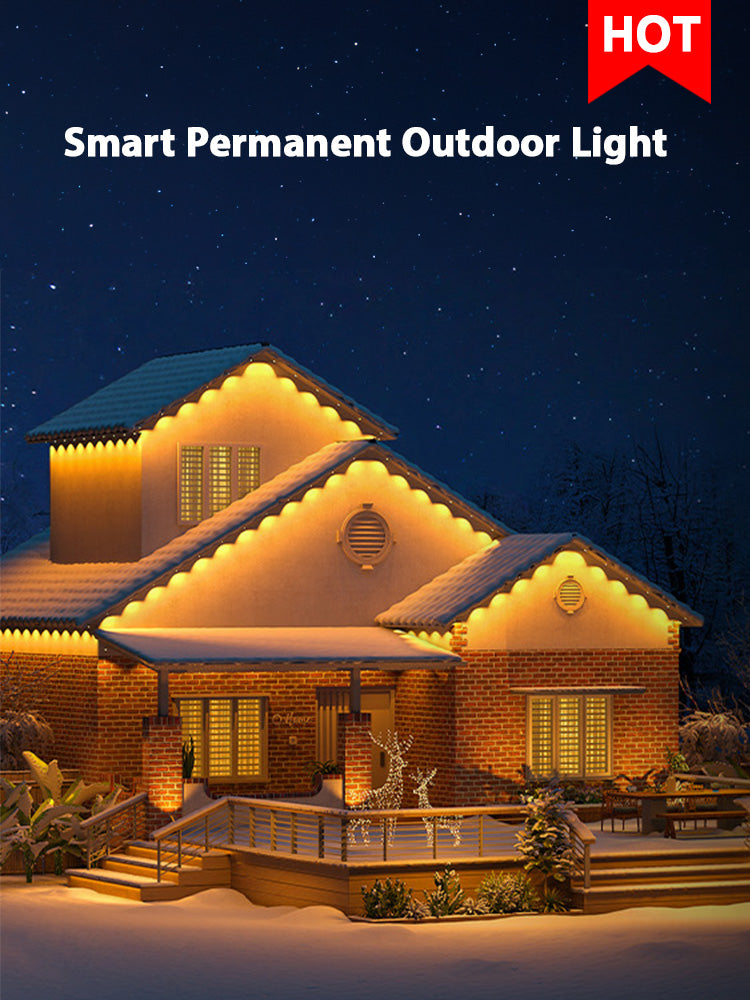Smart lighting control systems have revolutionized how individuals manage indoor lighting. These systems offer advanced features like remote control, scheduling, and energy efficiency. Understanding the benefits and drawbacks of smart lighting control for home environments is crucial. This knowledge helps consumers make informed decisions. The purpose of this blog is to provide a balanced view of smart lighting control systems.
Benefits of Smart Lighting Control Systems

Energy Efficiency
Reduced Energy Consumption
Smart lighting control systems utilize LED technology, which consumes significantly less energy compared to traditional incandescent bulbs. The precise control over brightness levels allows users to dim or turn off lights when not in use. This capability leads to substantial reductions in electricity consumption. For instance, smart lighting systems can be programmed to follow schedules that align with daily routines, such as turning off after sunrise.
Cost Savings
Although the initial investment for smart lighting systems is higher, the long-term cost savings are noteworthy. Traditional incandescent bulbs may cost around $1 to $2 each, while compact fluorescent lamps (CFLs) range from $2 to $10 per bulb. In contrast, smart bulbs average around $42 each. Despite this higher upfront cost, the energy efficiency of LED bulbs and the ability to automate lighting schedules result in lower electricity bills over time. These savings can offset the initial expenditure, making smart lighting a cost-effective choice in the long run.
Convenience and Automation
Remote Control
Smart lighting control systems offer the advantage of remote management. Users can control their lighting from anywhere using a smartphone or tablet. This feature provides unparalleled convenience, especially for those who travel frequently or have irregular schedules. The ability to adjust lighting remotely ensures that homes remain well-lit and secure, even when occupants are away.
Scheduling and Timers
The automation capabilities of smart lighting systems enhance convenience by allowing users to set specific schedules for their lights. Lights can be programmed to turn on or off at predetermined times, aligning with daily routines and preferences. This functionality not only improves convenience but also contributes to energy savings by ensuring that lights are only used when needed.
Enhanced Security
Motion Detection
Smart lighting systems often include motion detection features, which enhance home security. Lights can automatically turn on when motion is detected, deterring potential intruders and providing illumination for occupants. This feature is particularly useful for outdoor areas, such as driveways and entryways, where increased visibility can improve safety.
Integration with Security Systems
Many smart lighting systems can integrate seamlessly with existing security systems. This integration allows for coordinated responses to security events. For example, lights can be programmed to flash or change color in response to an alarm trigger, alerting occupants and neighbors to potential security breaches. This added layer of security can provide peace of mind for homeowners.
Customization and Ambiance
Mood Lighting
Smart lighting control systems offer extensive customization options. Users can select from millions of colors to create the perfect ambiance. The ability to adjust color temperature allows for a range of lighting effects, from warm to cool tones. This flexibility enhances the aesthetic appeal of any space. For example, Lumary Smart Gimbal Recessed Lights provide 16 million color choices. These lights can set the mood for any occasion, whether a cozy evening at home or a lively party.
Scene Setting
Scene setting is another valuable feature of smart lighting systems. Users can create and save specific lighting scenes for different activities. For instance, a "reading" scene might use bright, focused light, while a "relaxation" scene could employ softer, dimmer lighting. This capability allows for quick adjustments to suit various needs. The Lumary Smart Gimbal Recessed Lights offer scene-setting options that cater to unique decorative preferences. The ability to rotate the lights 360 degrees horizontally and 90 degrees vertically adds to the versatility.
Smart Lighting Control for Home
Versatility and Customization
Smart lighting systems provide unparalleled versatility. Users can control multiple lights simultaneously through group settings in the app. This feature simplifies the management of complex lighting setups. The Lumary Smart Gimbal Recessed Lights exemplify this versatility. Each light can be individually adjusted or grouped for collective control. This level of customization ensures that lighting meets specific requirements.
Voice Control and Integration
Voice control capabilities enhance the convenience of smart lighting systems. Integration with platforms like Amazon Alexa and Google Assistant allows for hands-free operation. Users can adjust lighting settings using simple voice commands. This feature is particularly useful for individuals with mobility issues or busy lifestyles. The Lumary Smart Gimbal Recessed Lights support voice control, providing an effortless way to manage lighting. Integration with other smart home devices further extends the functionality of these systems.
Drawbacks of Smart Lighting Control Systems

Initial Costs
High Installation Costs
Smart lighting control systems often require professional installation. The complexity of integrating these systems into existing electrical setups can lead to high labor costs. Electricians charge premium rates for installing smart lighting systems, especially in older homes where wiring may need upgrades. Homeowners must budget for these additional expenses when considering a smart lighting system.
Cost of Smart Bulbs and Devices
The cost of smart bulbs and devices significantly exceeds that of traditional lighting options. Smart bulbs, such as the Lumary Smart Gimbal Recessed Lights, average around $42 each. In contrast, traditional incandescent bulbs cost between $1 and $2 each. This price disparity can make the initial investment in smart lighting systems prohibitive for some consumers. The higher cost of smart devices must be weighed against the long-term benefits of energy efficiency and convenience.
Technical Issues
Connectivity Problems
Smart lighting control systems rely heavily on stable internet connections. Connectivity issues can disrupt the functionality of these systems. Unstable WiFi networks can cause lights to become unresponsive or behave unpredictably. This reliance on internet connectivity can be a significant drawback in areas with poor network infrastructure. Users must ensure their home network can support the additional load of multiple smart devices.
Compatibility Issues
Compatibility issues can arise when integrating smart lighting systems with other smart home devices. Different brands and models may not work seamlessly together. This lack of standardization can lead to frustration and additional costs. Users may need to purchase specific hubs or controllers to achieve full functionality. Ensuring compatibility before purchasing smart lighting systems is crucial to avoid these issues.
Privacy Concerns
Data Collection
Smart lighting systems often collect data on user habits and preferences. This data collection raises privacy concerns. Manufacturers use this information to improve products and services, but it can also be vulnerable to misuse. Consumers must be aware of the data being collected and how it is used. Reading privacy policies and opting out of unnecessary data collection can mitigate some of these concerns.
Potential for Hacking
The potential for hacking poses a significant risk to smart lighting systems. Cybersecurity vulnerabilities can allow unauthorized access to smart home networks. Hackers can exploit these weaknesses to control lighting systems or gain access to other connected devices. Implementing strong security measures, such as regular software updates and robust passwords, can help protect against these threats. Users must remain vigilant to safeguard their smart lighting systems from potential cyberattacks.
Dependency on Technology

Power Outages
Smart lighting control systems depend heavily on electricity. Power outages can render these systems inoperative. Traditional lighting can be manually operated during power failures, but smart lighting cannot. This dependency poses a significant inconvenience. Homeowners must consider backup power solutions to mitigate this issue. Uninterrupted power supplies (UPS) or generators can provide temporary relief. However, these solutions add to the overall cost and complexity of smart lighting control for home environments.
System Failures
System failures can disrupt the functionality of smart lighting control systems. Software glitches or hardware malfunctions can lead to unresponsive lights. Troubleshooting these issues often requires technical expertise. Users may need to contact customer support or hire professionals for repairs. Regular maintenance and updates can minimize the risk of system failures. However, these measures do not eliminate the possibility entirely. The reliance on technology introduces an element of unpredictability that traditional lighting systems do not face.
Smart Lighting Control for Home
Internet Dependency
Smart lighting control systems require a stable internet connection. Connectivity issues can compromise the performance of these systems. Unstable WiFi networks can cause delays or failures in executing commands. Users must ensure robust internet infrastructure to support smart lighting control for home use. Investing in high-quality routers and network extenders can improve connectivity. However, areas with poor internet service may still experience challenges. This dependency limits the effectiveness of smart lighting systems in such regions.
Additional Hub Requirements
Many smart lighting systems require additional hubs for operation. These hubs act as intermediaries between the lights and the control devices. The need for extra hardware increases the initial setup cost. Compatibility issues can also arise when integrating different brands. Users must verify that their chosen smart lighting system works seamlessly with existing devices. The Lumary Smart Gimbal Recessed Lights, for instance, may require specific hubs for optimal performance. Ensuring compatibility before purchase can prevent future complications.
Smart lighting control systems offer numerous benefits, including energy efficiency, convenience, and enhanced security. Users can enjoy reduced energy consumption, cost savings, and extensive customization options. However, these systems also present drawbacks. High initial costs, technical issues, privacy concerns, and dependency on technology pose significant challenges. Consumers must weigh these pros and cons based on individual needs. Making an informed decision requires careful consideration of both the advantages and disadvantages. Evaluating personal requirements and circumstances will help determine if smart lighting control systems are the right choice.

